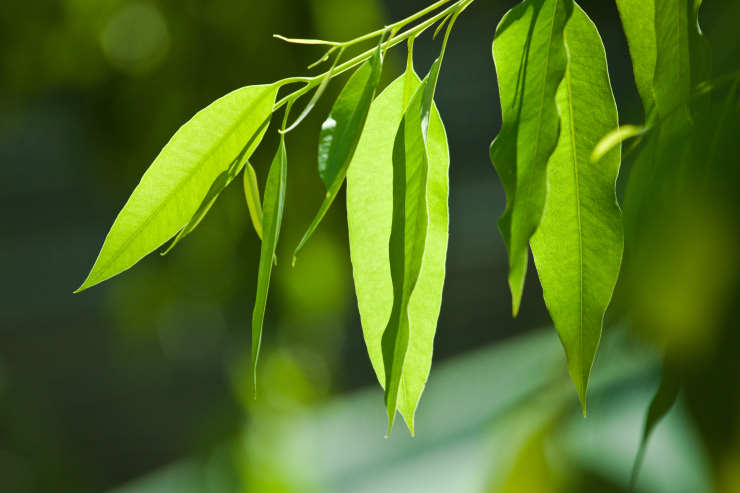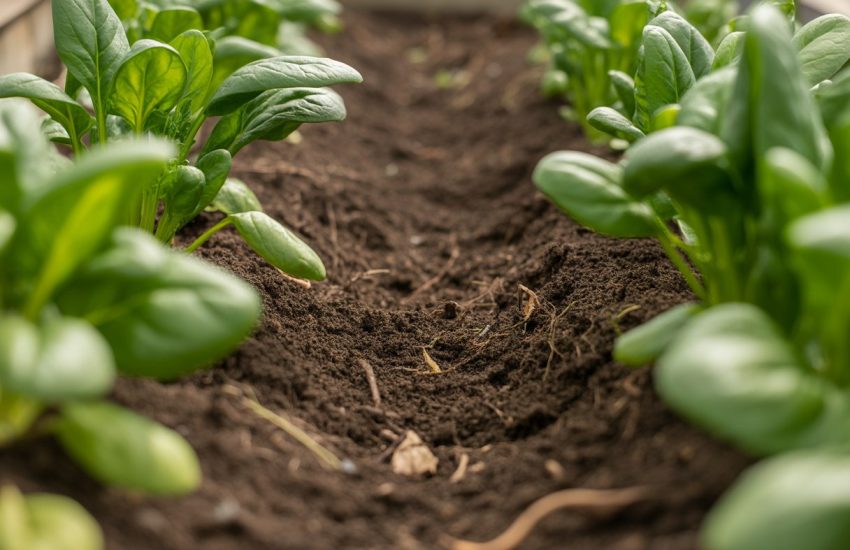Gardenia : How to Grow & Care
We love to be in touch with nature. When we acquire hobbies related to nature, we find peace and calm down. Maybe that’s why most people care about plants in their gardens, balconies, or even in their homes, especially in flower care. They change the atmosphere of their place with their fascinating views, colors, and smells. Taking care of flowers makes us both responsible and happy.
If you’re one of those guys who likes flowers and wants to care about them, you’re in the right place. Have you ever heard of or cared for the gardenia plant? Maybe you just don’t know its name. You may have sensed this in many places you have visited or admired its white appearance. Here is the plant’s name, gardenia, which impresses everyone with its beautiful scent and fascinating appearance.
Let’s get acquainted with the gardenia plant, which represents genuine and secret love. Let’s learn how to grow and care for this gardenia, known for its sensitivity and pleasant smell, how often it should be watered, and what the tricks are when growing and caring for it. After mentioning its growth and care, let us talk about the benefits of this plant and the sectors where it is used. If you are ready for those who love to grow plants and find peace while growing, let’s get started.
What is a Gardenia Plant?
Gardenia, the representative of love, is also known as the symbol of angels. This plant from the Rubiaceae family has a tropical origin with its dark green and hairy leaves arranged opposite each other. It is a potted flower known for its dark green leaves as well as white and yellow flowers. The best thing about having a potted gardenia is that it is easy to care for and grow in homes and offices. In addition, potted plants possess a durable and long-lasting structure.
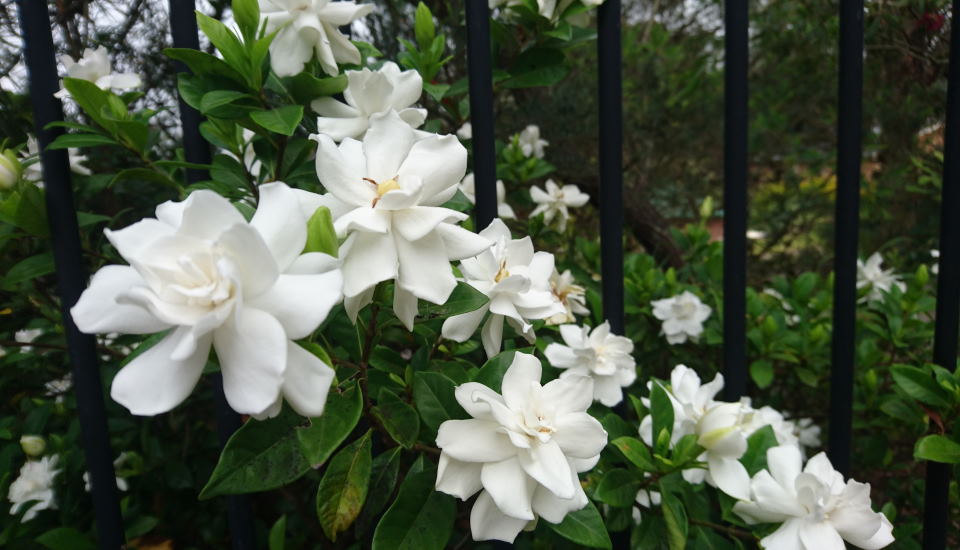
Today, the flowers and fruits of gardenia are used. It is especially used in herbal medicine, perfume, and aromatherapy sectors. This herbal scent is beneficial and beautiful in every sense and is also fascinating. Therefore, it is used extensively in perfume and essence making.
In addition to its fragrance and elegance, it is a sensitive plant. Do not be intimidated by the delicate nature of gardenia, its culture, and its care, because it is easy to deal with. It just requires regular caring. Furthermore, when the right environment is provided to the gardenia, it develops healthfully and adds nobility to the environment.
The gardenia plant blooms in autumn and spring. But when a suitable temperature environment is foreseen for the flower, it also blooms in summer. In winter, the environment should be at least 15 degrees. While this elegant gardenia does not shed its leaves every season, it also loves humidity and wind breezes. Therefore, it is suitable to be grown in temperate regions with no very hard wintertime because the weather is so cold.
It is harmful to the leaves and flower parts of the flower. Of course, although it does not like cold weather, it affects the gardenia growing badly in very hot weather. Also, this plant is very affected by airflow. That’s why its location is very important for growing.
Let’s take a closer look at the growth and care of the gardenia. So keep reading our article.
Grow and Care of the Gardenia
For gardenia growing and care, the sun is one of the most important things. Gardenia, which likes to receive indirect sun, loves the morning sun very much. Therefore, before we talk about its care, we recommend that you make sure that the corner you choose for your plant receives the morning sun beautifully. In addition, as we mentioned above, we do not prefer the front of the doors and windows, as they can be badly affected by the airflow.
The soil of our plant should dry quickly, be acidic, and have a structure that drains water well. In addition, soil with high nutritional value will be great for your plant. Therefore, you can fertilize in certain periods. Gardenia, which loves the nutrients of its soil, also likes moist environments. For example, it grows better in environments with 75% humidity.
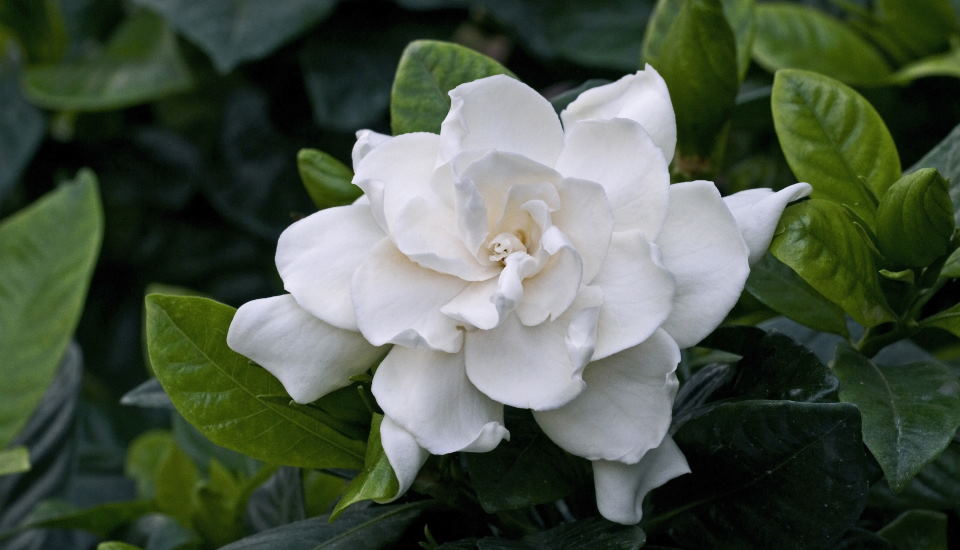
We said that the Gardenia loves the morning sun, but it should not be exposed to direct sunlight. It needs brighter places. In particular, it tends towards the direction where it receives daylight. Therefore, it is necessary to turn in the direction that does not receive daylight towards daylight at certain intervals. When it receives less light, it cannot be fed enough. Because of this, fading and tarnishing are seen in the flowers.
We have a small tip for those who say that, unfortunately, there is no bright corner in my house that sees sunlight. You can use illuminators to give your gardenia a natural environment and to provide light. You can support the development of your plant with the illuminants you will give from the top. Thus, avoiding when growing a planet, the possibility of the leaves of the gardenia falling off and wilting is invalid. With these measures taken, your plant will bloom easily.
One of the most important things in the care of a plant is the irrigation phase. Irrigation should be done most correctly because wrong irrigation shortens the life of a plant. Irrigation is one of the sensitive and important issues for gardenia care.
It is a plant that requires regular irrigation in all seasons. Remember, gardenia does not like a lot of water no matter what. Irrigation should be done in such a way that it can reach every part of the plant-soil and should be increased in the summer season. Watering at least twice a week in summer and once a week in winter will be sufficient. In addition, you can protect the plant from the heat by spraying water on the leaves of the plant in summer.
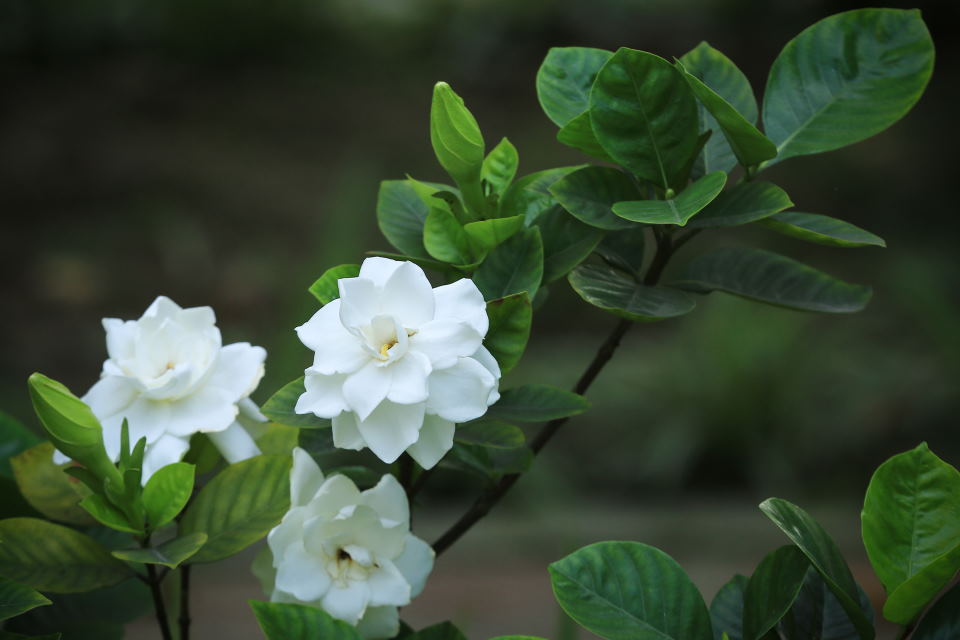
The structure of the water affects the plants as well as the importance of the irrigation frequency. We recommend that you use lime-free water when watering gardenia. If you are watering your gardenia with tap water, it will be appropriate to use your water after resting for a few days.
It will be healthier for your gardenia if the scale of the water container you use during irrigation is always the same. When the water you pour on your plant reaches the bottom of the pot, we recommend that you pour the remaining water into the pot plate without waiting too long. Because the water remaining in the pot dish damages the roots of the plant growing, this causes diseases in the gardenia.
One of the basic rules of watering is that the plant should be watered as the soil dries. This basic rule also applies to gardenia. You can check by pricking your finger to see if the gardenia’s soil is wet or dry. If the watering day has come and the soil is wet, you can delay your watering until the next day.
Also, the gardenia flower never likes to be touched by its leaves and flowers. If you are one of those people who can not stand and touch the flowers while talking, we are sorry, but your gardenia will wither. That’s why we recommend that you love your plant without touching it. However, if you regularly sprinkle the leaves of the flower with room temperature water every day, the leaves of your plant will stay greener and more vibrant.
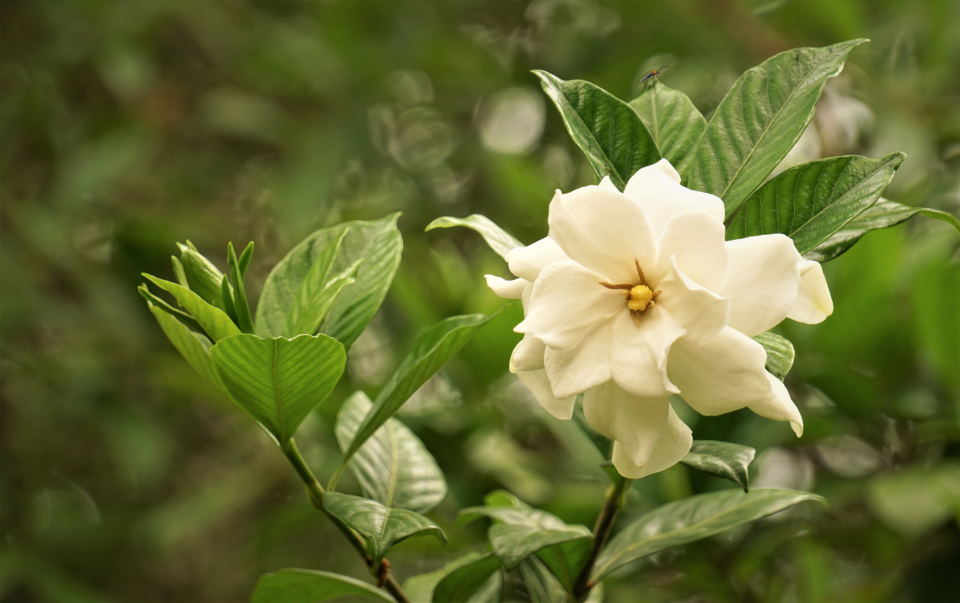
If you follow the care rules that we have mentioned in detail, your gardenia will grow beautifully and bloom those beautiful flowers that fascinate everyone. As you can see, growth and care are easy and simple. It is enough just to take care of it regularly.
Speaking of care and growth, the pot and pruning process where the gardenia plant grows are also important. A quality and peat-based soil plays a big role in the growth of gardenia. When you think it is necessary to change the pot, it would be a logical decision to buy a different pot every spring season. Here’s how to tell when it’s time to repot: if your plant doesn’t fit in its pot or if it looks unhealthy without a disease, repotting would be a logical decision.
It’s okay if we don’t mention a mistake made about changing the pot in this article. Most people want to grow this plant in a heavy pot when they have it, but this is the wrong decision. Even if the roots are very cramped in the pot, you need to wait 6-7 months. The above saying, change it every spring, is a method that should be care.
Let’s talk a little about diseases, which are the biggest problem in the growth of a plant. Say what?
The Main Enemies of Gardenia Growth and Care: Pests and Diseases
As we mentioned above, cold weather and inconsistent irrigation prevent gardenia from growing and cause buds and leaves to fall. In addition to these situations, it prevents the growth of your plant in pests such as aphids, spider mites, cotton lice, whitefly, and bark lice. If your plant has slowed down in growth and you see pests on it, don’t panic. There are various oils and soaps used in plant care. In this way, you can get rid of pests and witness your plant grow beautifully.
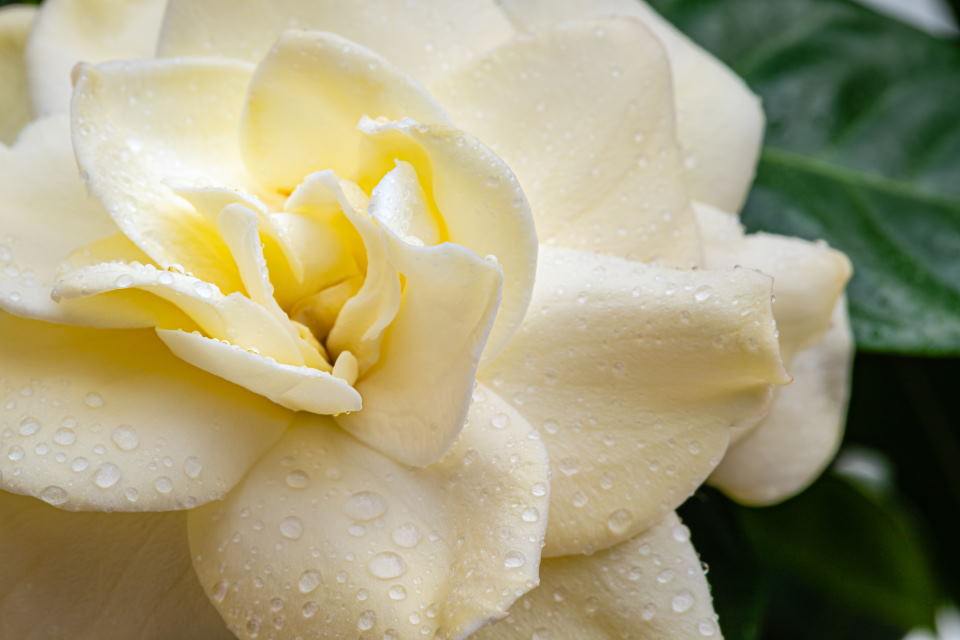
Now that we talked about pests let’s talk about the diseases that the plant can catch. Powdery mildew and leaf spots can be seen in our plant. However, diseases such as mold, anthracnose, and crown drying can be seen from the tips. These diseases both affect the health of the plant and cause regression in its growth. The solution to such diseases is simple with fungicides. When you think there is such a disease, you can find out which fungicide you need to buy from reliable places.
We talked about the situations and solutions that adversely affect the growth and health of Gardenia. Now let’s talk about better things. Let’s talk about how the gardenia plant is reproduced.
How to Propagate A Gardenia Plant?
If you have a gardenia plant, your immediate environment may ask you to reproduce a piece, or you may want to reproduce if you have this plant in your environment. Here, when you want to grow and care for this plant in more places, we are to help. The most accurate and easiest way to propagate Gardenia is to cut the stems and root them.
One of the stems of the plant will be enough to propagate. But be careful to take this stem just below the leaf node. Cut a section of 8-10 cm from this stem you have taken. Dip the cut end in the rooting hormone. Then place it in soil containing a perlite mixture and take care to keep the mixture moist until strong roots grow. When strong roots are formed, you can move the stem into an 8 cm pot to grow.
I have never come across a gardenia plant, and there will be those who say that I cannot reproduce it from seed. Of course, you can propagate this plant from seed. But gardenia grown from seed can take 2 to 3 years to bloom. But let’s explain how it will be to those who say no, I want to witness the care of my plant from head to toe.
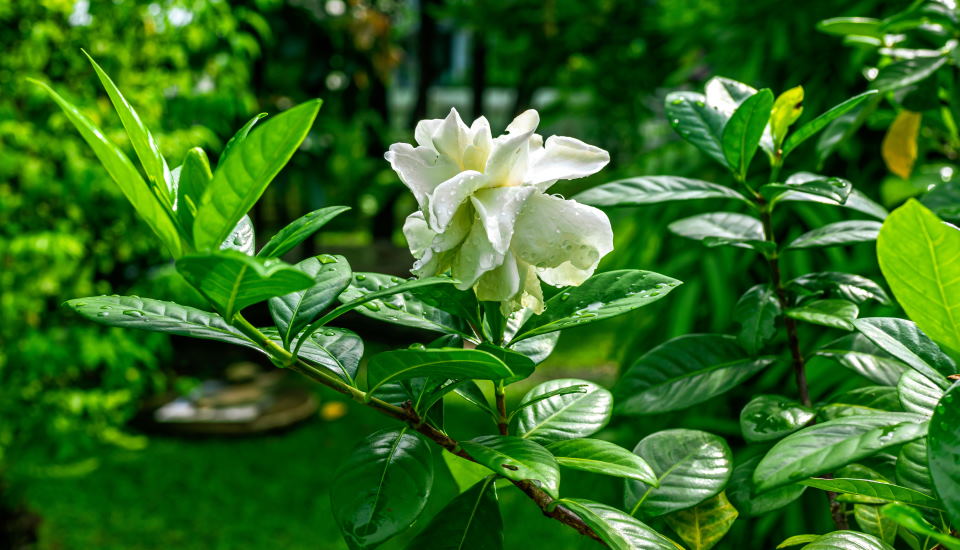
You need to clean the seeds collected from the dried seed pods and dry them for 3-4 weeks. After your seeds are dry, you need to plant them in a mixture of perlite and tura moss and cover the seeds lightly with a 3 mm soil mixture. These seeds you plant will germinate in 4 to 6 weeks.
During this sprouting period, you need to keep it away from a moist environment and sunlight. When the gardenia, which is transformed from seed to seedling, is 5-10 cm, it should be placed in a pot in a peat-based soil mixture and grown in a bright environment. Here is our replication process. Of course, this plant, which we have mentioned about its reproduction, also has benefits.
Let’s talk about the benefits of this plant.
Benefits of Gardenia Plant
When we care about many plants in our garden in our home, they seem to like both living and non-living beings that provide oxygen. But we know that most plants are used in very different sectors. These plants, which appear in different forms in different sectors, actually play a saving role in our lives. Most of the time, we do not know how useful these plants are because we are not aware of them, just like gardenia.
This plant is not only beautiful, but also its benefits are innumerable. According to research, the gardenia plant contains 20 beneficial active ingredients, including antioxidants.
Gardenia essential oil has a structure that fights against diseases. It protects many different areas from heart and lung diseases to high cholesterol. However, this plant is also used to combat obesity. In the study for obesity, it was revealed that the jasminiodine type of gardenia is beneficial for the disease of obesity together with a healthy diet and exercise.
In addition to what we mentioned above, it has physical and psychological benefits for people, such as reducing anxiety from its antipyretic effect and relieving headaches and menstrual pain. In addition, while this plant is very good for abscesses, it also contributes to the rapid healing of wounds. While gardenia impresses with its beautiful appearance and fragrance, its benefits are just as impressive.
When you hear about its benefits, doesn’t one care about this plant?
Conclusion
Plants that add color to our lives. They accompany us in our garden, in our house, and wherever we care. They don’t just accompany. They provide many benefits that will make our lives better. Gardenia is just one of them.
Representing true love, the gardenia plant, with its delicate structure and impressive scent, is suitable for growing in the garden, at home, or in the office. It is easy to maintain, as we mentioned above. Provided a regular environment and care, it will draw attention wherever it is.
When we look at it, gardenia is more than a plant. Because this plant contains active ingredients that can help in many areas of human health, you can grow this plant, eat it or even use it as a perfume. Speaking of food, we do not recommend eating the flowers directly. It should be used as prepared by experts and as recommended.
Gardenia plant care and growing are easy, as we said above. As with any plant, you may encounter pests and diseases. With the right methods and drugs, you can eliminate these problems. The right conditions and the right decisions play a big role in the growth of the plant. That’s why we emphasize again that you need to be careful where care and growth need attention.
But it should not be forgotten that the above-mentioned irrigation methods and the frequency of irrigation play an important role in the health and development of your plant.
What do you think, after this article, is there a corner for care gardenia in your home? Otherwise, we are sure you think so. Take care of themselves until you examine another plant of growth and care for the plant world together.
You may also be interested in:
The Symbolism of Flowers : What Do Colors of the Flowers Mean?

